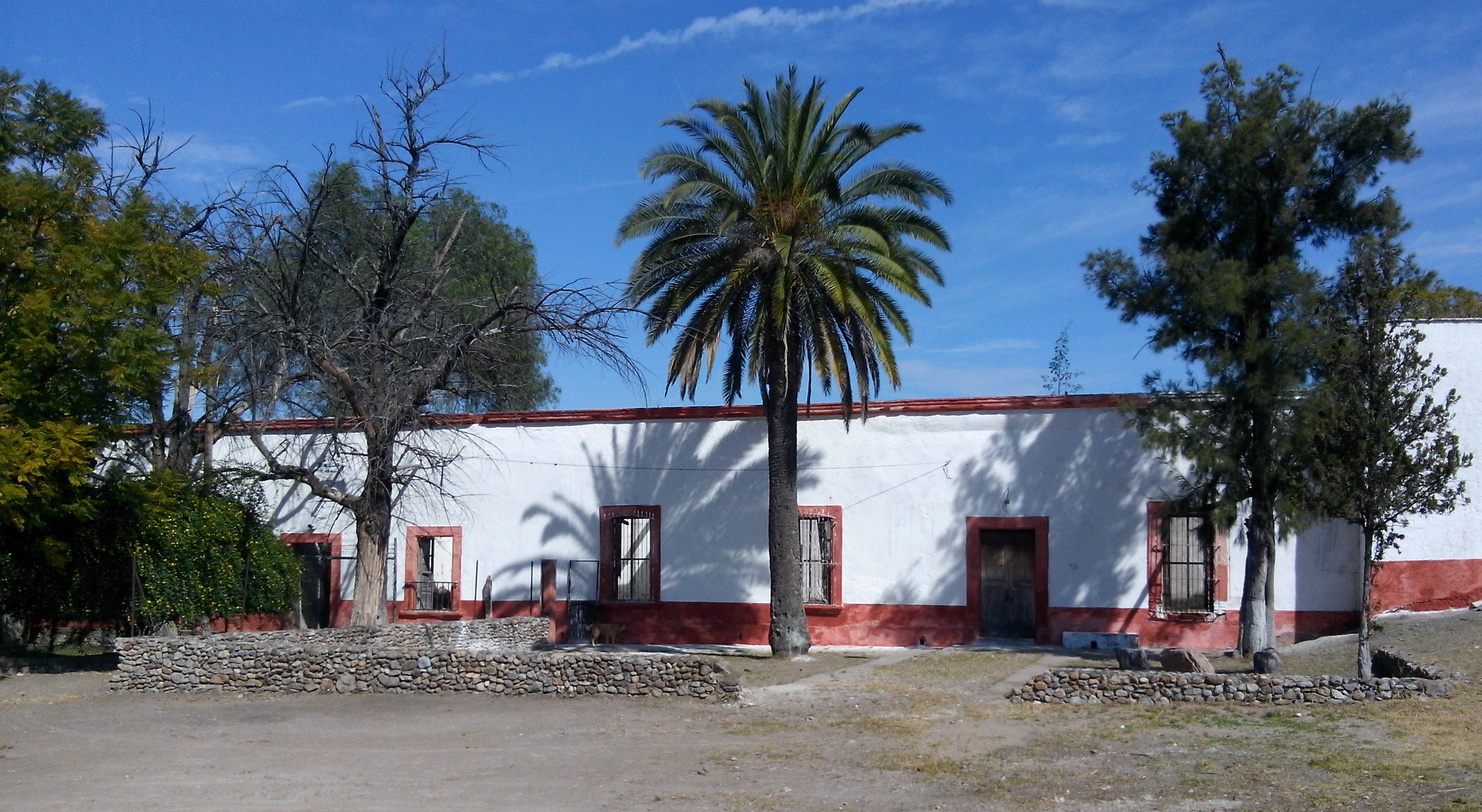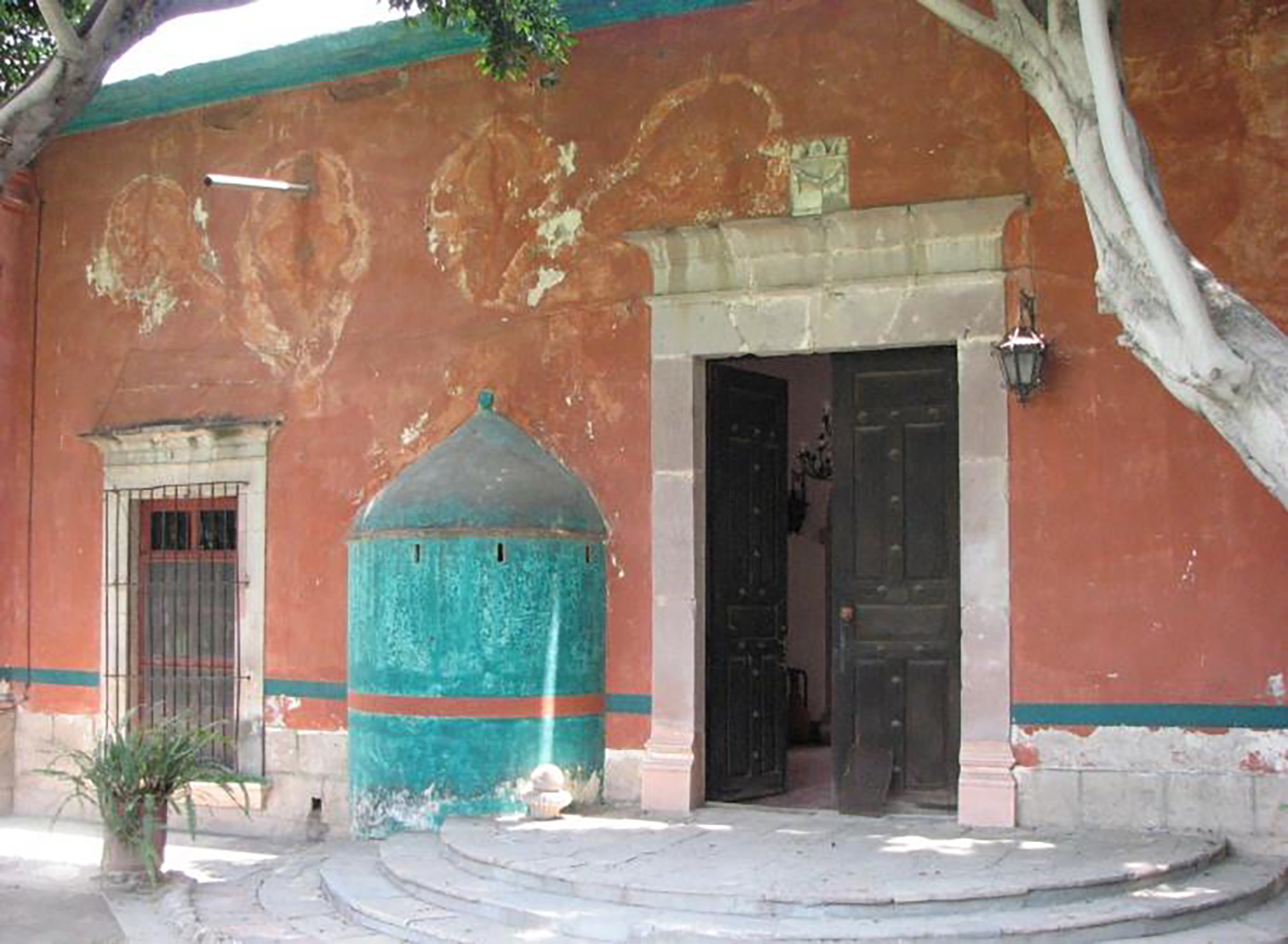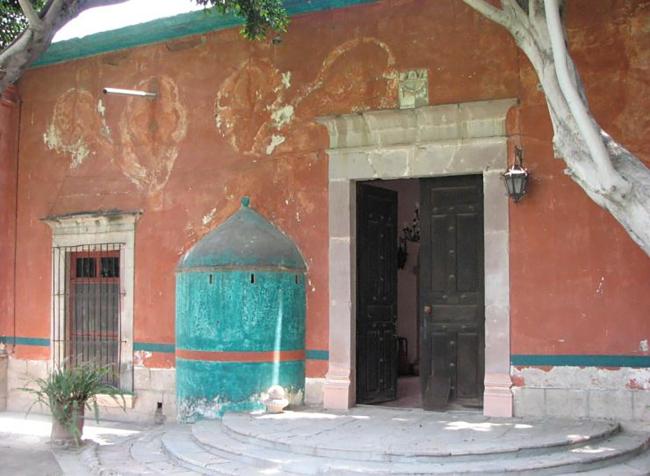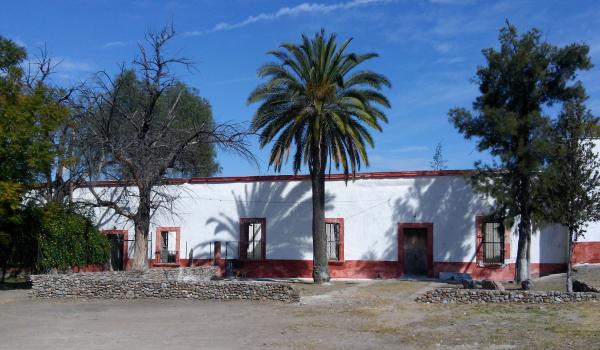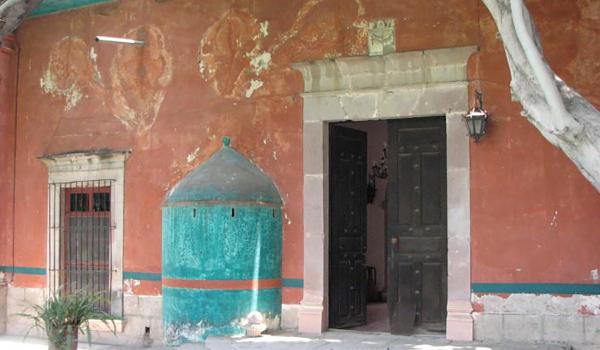Antigua hacienda de Peñuelas
Route element
Antigua hacienda de Peñuelas
The hacienda of Peñuelas was founded in 1612, making it one of the oldest in Aguascalientes. Originally established under the name San Isidro Labrador, this name fell out of use because people began referencing the rocky landscape of the area, leading to the appellation that has persisted to this day.
Like most haciendas founded in the state of Aguascalientes, Peñuelas focused its production on supplying the food needs of the northern New Spain mining centers, providing large quantities of meat and milk, corn, beans, wheat, barley, and dried chilies. In the 18th century, it expanded its activities to include bullfighting cattle breeding.
Inside the hacienda, you can observe the remains of one of the most sumptuous churches in the region, which has deteriorated over time but still displays elements of 19th-century architecture on its facade. The atrium, especially the interior, still retains its original structure with paintings, balustrades, choir, and pulpit. The central main altar is illuminated by the light streaming through the windows at the crossing of its cruciform floor plan. The atrium's portico is made of pink quarry stone with lattice, topped by a balustrade flanked with large planters.
Peñuelas boasts one of the best-preserved hacienda main houses in the region, with evident renovations that incorporated Porfirian architectural elements in both structure and decoration, alongside features of Art Nouveau. The hacienda house is attached to the temple and consists of a small rectangular courtyard with stone arcades. The chapel and the main house of the hacienda are currently in excellent condition; however, the supporting structures of the hacienda (corrals, granaries, warehouses, etc.) and the two residential complexes for workers are not as well preserved.

